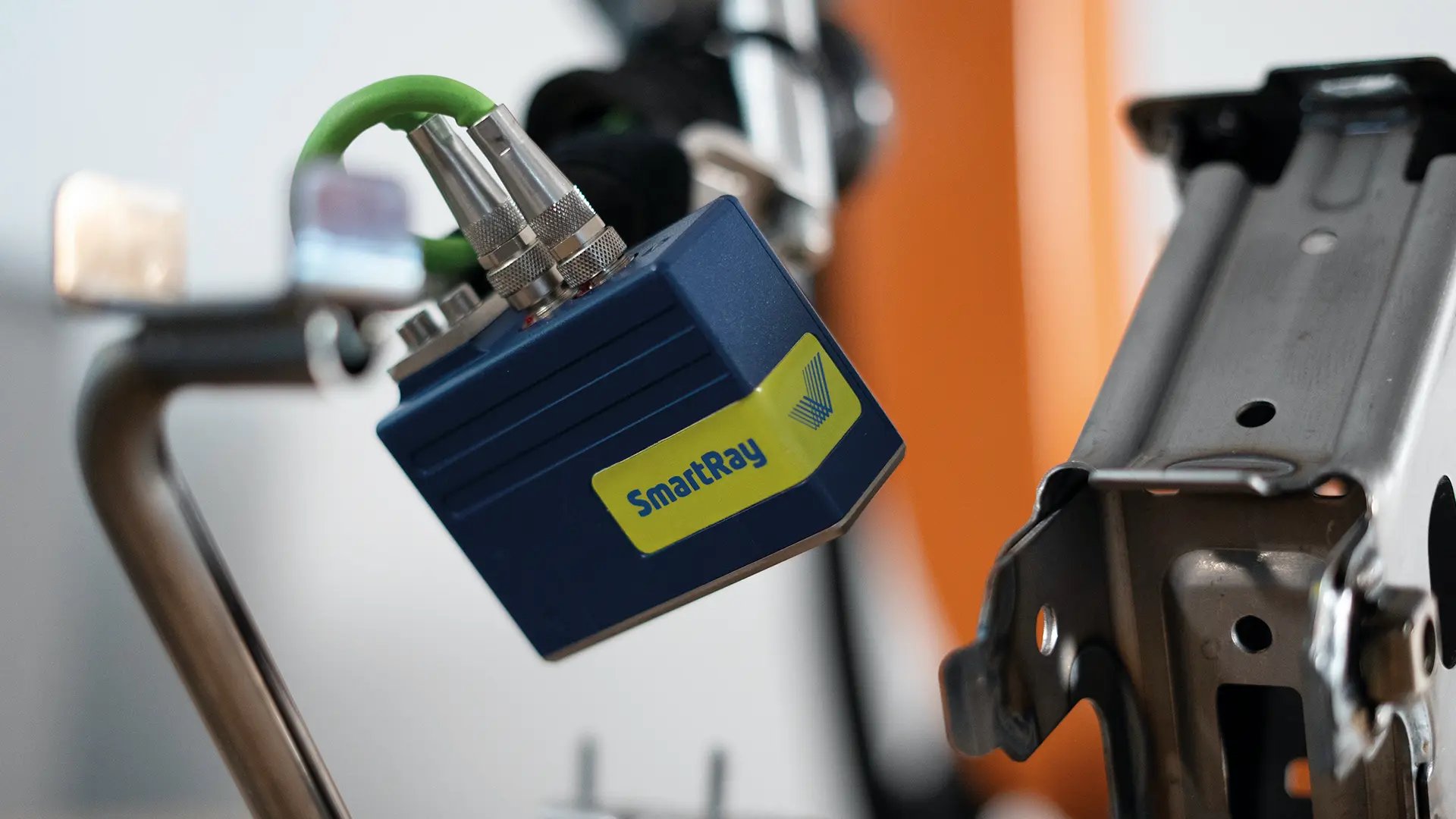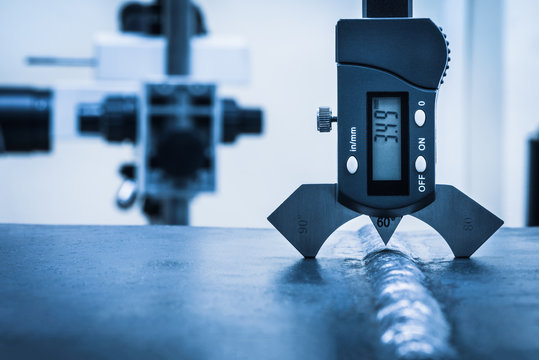How Efficient Welding Assessment Boosts Architectural Integrity and Durability
In the world of building and construction and engineering, the significance of welding examination can not be overemphasized, as it plays a pivotal function in making sure structural integrity and prolonging the life expectancy of projects. Join the expedition of how effective welding inspections can transform potential susceptabilities right into toughness, adding to the long-lasting success of buildings.
Significance of Welding Inspection
Making certain the architectural honesty and safety and security of welded constructions requireds rigorous welding inspection procedures. Welding evaluation offers as an important safeguard in the building and construction and manufacturing industries, where the strength and resilience of joints dramatically influence the total efficiency of frameworks.
In enhancement to safety, welding inspection plays an essential function in quality guarantee. Market standards and codes, such as those from the American Welding Society (AWS) or the International Company for Standardization (ISO), necessitate adherence to rigorous standards, underscoring the significance of examinations in satisfying these professional and legal commitments.
Key Examination Techniques

Ultrasonic Examining (UT) utilizes high-frequency acoustic waves to find subsurface imperfections, supplying exact details concerning weld stability without triggering any damage. Radiographic Evaluating (RT), involving X-rays or gamma rays, offers a comprehensive photo of the weld's interior structure, exposing covert blemishes. Magnetic Particle Examining (MPT) is another non-destructive technique, especially reliable for finding surface and near-surface gaps in ferromagnetic products.
Penetrant Testing (PT) includes the application of a fluid color to disclose surface-breaking flaws, providing a straightforward and cost-efficient option for non-porous materials. Each method has its specific applications, staminas, and limitations, and frequently a combination of approaches is employed to achieve thorough assessment results. Proficiency of these methods enhances the reliability and longevity of welded frameworks, aligning with safety and efficiency assumptions.
Identifying Common Defects

Porosity, identified by gas pockets within the weld, lowers the weld's stamina and durability. Fractures, which can happen throughout or after welding, position substantial risks due to their possible to circulate under stress.
Incomplete blend, where the weld metal stops working to bond completely with the base material, weakens the structural stability, leading to weak joints. Slag additions occur when non-metallic materials are caught in the weld, compromising its toughness and high quality.
Determining these defects via precise assessment methods, such as aesthetic evaluation, ultrasonic testing, or radiography, is vital. Attending to these worries guarantees weld quality, ultimately sustaining the architectural honesty and safety of the developed environment.

Enhancing Architectural Performance
Understanding the value of identifying typical weld defects naturally causes exploring approaches for boosting architectural performance. The fundamental method for improving efficiency requires using sophisticated welding techniques and products that minimize problem occurrence. Making use of premium filler materials and ensuring appropriate warm control can considerably lower issues such as porosity and cracking, consequently improving the weld's honesty.
Including modern welding technologies, such as laser welding and rubbing stir welding, click for source more amplifies architectural durability. These techniques use remarkable accuracy and decreased thermal distortion, directly affecting the sturdiness and stamina of the bonded frameworks. Adopting automated welding systems can guarantee repeatable and regular weld top quality, minimizing human mistake.
In addition, carrying out strenuous pre-weld and post-weld procedures is crucial. Proper joint layout, surface area prep work, and stress-relieving processes add to optimum weld performance. Performing thorough pre-weld evaluations enables for very early detection of possible problems, assisting in prompt modifications prior to they endanger the structure.
Lasting Benefits of Evaluation

Through alert inspection methods, the long-term benefits to structural honesty come to be increasingly noticeable. Consistent and comprehensive welding examinations play an important duty in avoiding architectural failings by recognizing variances and issues early in the building procedure.
Additionally, regular assessments add to maintaining conformity with market requirements and regulations, consequently avoiding legal and economic repercussions. This adherence to top quality guarantee not only improves the integrity of the structure but likewise fosters trust fund amongst stakeholders, including clients, designers, and regulatory bodies. The extensive paperwork of evaluation results acts as an important source for future upkeep and repair work efforts, promoting informed decision-making.
Furthermore, effective evaluation practices sustain development by incorporating advanced technologies such as non-destructive testing and digital imaging, which can enhance accuracy and performance. This technical combination even more underscores the dedication to quality in architectural honesty. Inevitably, spending in meticulous welding evaluations is a sensible technique that yields substantial long-lasting advantages, protecting both the physical and economic financial investment in framework projects.
Verdict
Effective welding examination plays a crucial function in enhancing structural stability and durability by identifying flaws early in the building process. Utilizing methods such as aesthetic examination, ultrasonic go to my blog testing, and radiographic testing makes sure the detection of issues like cracks and porosity that jeopardize weld stamina. Strenuous evaluations make sure compliance with market criteria, thus prolonging the life expectancy of structures, minimizing expensive repair work, and fostering stakeholder count on the integrity and security of welded constructions.
In the realm of building and construction and design, the importance of welding inspection can not be overemphasized, as it plays an essential function in ensuring structural honesty and expanding the life expectancy of tasks.Making certain the structural honesty and security of bonded constructions mandates rigorous welding examination processes.Structure upon the value of welding examination in safeguarding structural stability, comprehending the essential assessment techniques ends up being imperative for effective implementation. Effective welding assessment incorporates a variety of approaches created to evaluate weld high quality, making sure conformity with rigid design requirements - Welding Inspection Madison.Reliable welding evaluation plays a critical function in boosting structural stability and long life by determining flaws see it here early in the construction process